A Timeless Hub for Culture and Community
Traditional markets have been a vital part of societies for centuries. While modern supermarkets and online shopping offer convenience, they can never fully replace the charm and importance of these vibrant spaces. They are more than just places to buy goods—they are cultural hubs that support local economies and foster human connections in ways that modern retail cannot replicate. This makes them a key part of our sensory city.
A Timeless Hub for Culture and Community
Unlike the uniformity of chain stores, traditional markets provide a rich cultural experience. They reflect the diversity of the local population and serve as meeting points where people from different walks of life come together. They exchange stories and traditions along with their goods. Many of these markets hold deep historical roots. Some have stood in the same location for generations. They bear witness to the transformation of their communities while maintaining their essence.
Supporting Local Businesses and Farmers
One of the key reasons traditional markets continue to thrive is their role in supporting small-scale vendors, farmers, and artisans. Unlike large retail chains, these markets provide a platform for independent sellers to showcase their goods. This helps preserve unique crafts and fresh, locally sourced produce. This direct connection between producer and consumer is a defining feature of these community spaces.
A Unique Shopping Experience
Shopping in a traditional market is vastly different from walking through the aisles of a supermarket. The experience itself is part of the appeal. It offers a sensory stimulation that modern retail simply cannot match. You see this vividly when exploring Singapore’s wet markets. The sights of fresh fish on ice, the sounds of butchers at work, and the smell of spices all combine to create an unforgettable experience.
Personal Interactions and Community Bonds
Unlike sterile supermarket environments, traditional markets encourage human interaction. Vendors and customers often know each other by name. This creates a sense of trust and familiarity. These interactions make shopping a social event rather than a simple transaction. This personal touch fosters loyalty between vendors and shoppers, leading to repeat customers who appreciate personalized recommendations and friendly service.
This same sense of community can be found in a neighbourhood coffee shop. Both are places where small, daily interactions build strong social bonds. They are the “third places” where people feel a sense of belonging outside of home and work.
Vibrant Atmosphere and Cultural Diversity
Traditional markets are often buzzing with energy. There are colorful displays, lively conversations, and the enticing aromas of street food stalls. They showcase the diversity of a region. They offer a taste of local culture that shopping malls simply cannot replicate. In Singapore, the ultimate expression of this is the hawker centre, a space that is a melting pot of cultures and cuisines.
From locally sourced spices to handmade jewelry, the diversity of products in a traditional market reflects the heritage of the community. These spaces are also hotspots for street performances, music, and festivities. This makes every visit a culturally enriching experience.
The Foundation of Community Spaces
The role of markets as community hubs extends beyond commerce. They are often located in central, accessible areas that naturally become focal points for neighbourhood life. In many Singaporean housing estates, the market is just a short walk from the void deck. This proximity creates a seamless flow between the home, these semi-private community spaces, and the public marketplace.
This ecosystem of interconnected spaces strengthens community ties. A resident might chat with a neighbour at the void deck, walk to the market together, and then share a coffee at a nearby stall. This is how strong, resilient communities are built—through simple, everyday interactions in shared spaces.
Environmental Benefits
Traditional markets tend to be more environmentally friendly than large-scale retail stores. They often use less packaging, reduce food waste, and minimize the carbon footprint tied to mass production and transportation.
- Less Plastic Waste: Many vendors use reusable or biodegradable packaging instead of excessive plastic wrapping.
- Reduced Food Waste: Leftover produce is often repurposed, sold at discounted prices, or given away rather than being discarded.
- Lower Carbon Footprint: Locally sourced goods do not require long-distance transportation. This helps cut down on fuel emissions.
Shopping at traditional markets also reduces reliance on large-scale industrial agriculture. This often contributes to deforestation and excessive pesticide use. Supporting small farmers promotes sustainable farming methods that are kinder to the planet.
The Future of Traditional Markets
Despite the rise of digital shopping, traditional markets continue to hold their ground. Some have even adapted by integrating modern technology. They might offer mobile payment options or use social media marketing to attract a new generation of shoppers. This blend of tradition and innovation allows them to stay relevant in a changing world.
Traditional markets have stood the test of time for good reason. They offer more than just goods for sale. They provide social interactions, support local communities, and preserve cultural heritage. While the retail industry continues to evolve, these markets remain a beloved part of daily life. They prove that some traditions are worth keeping.
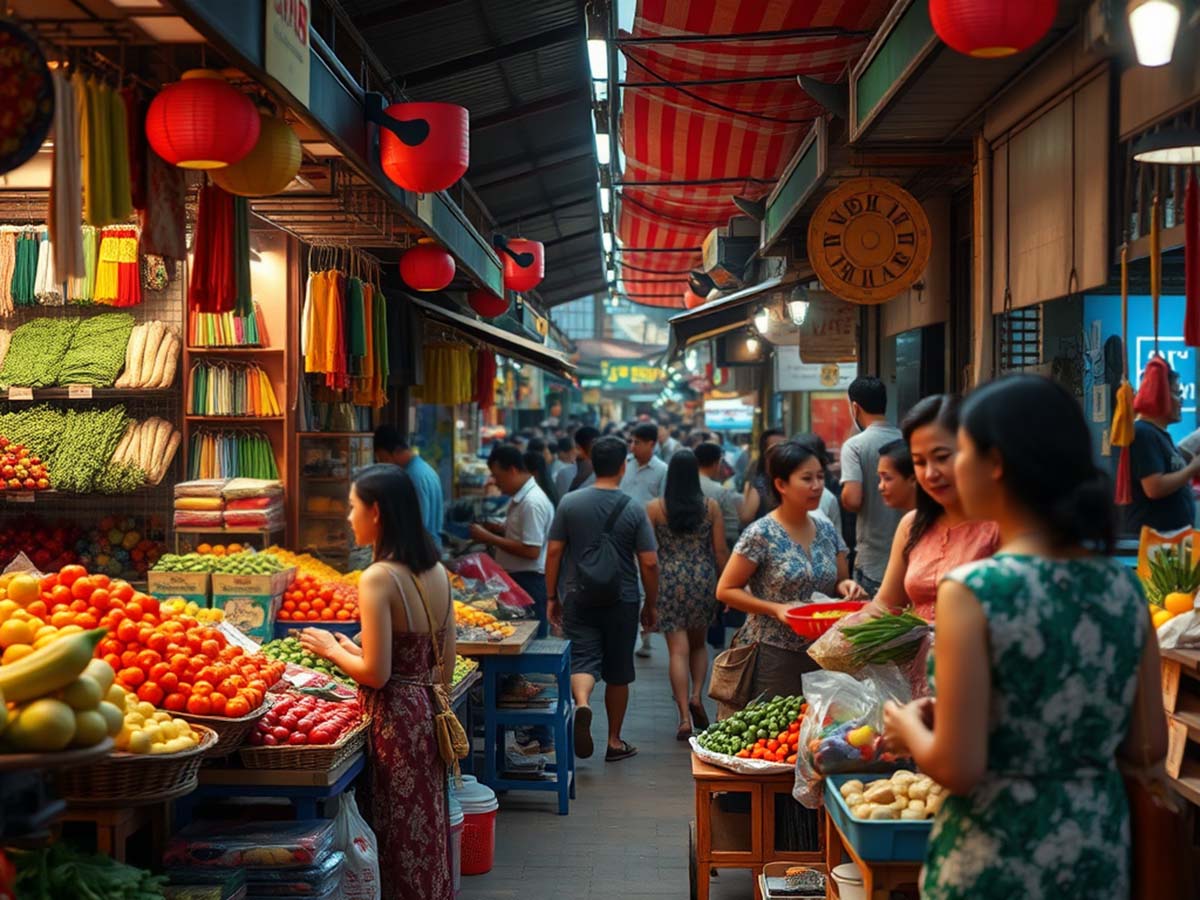


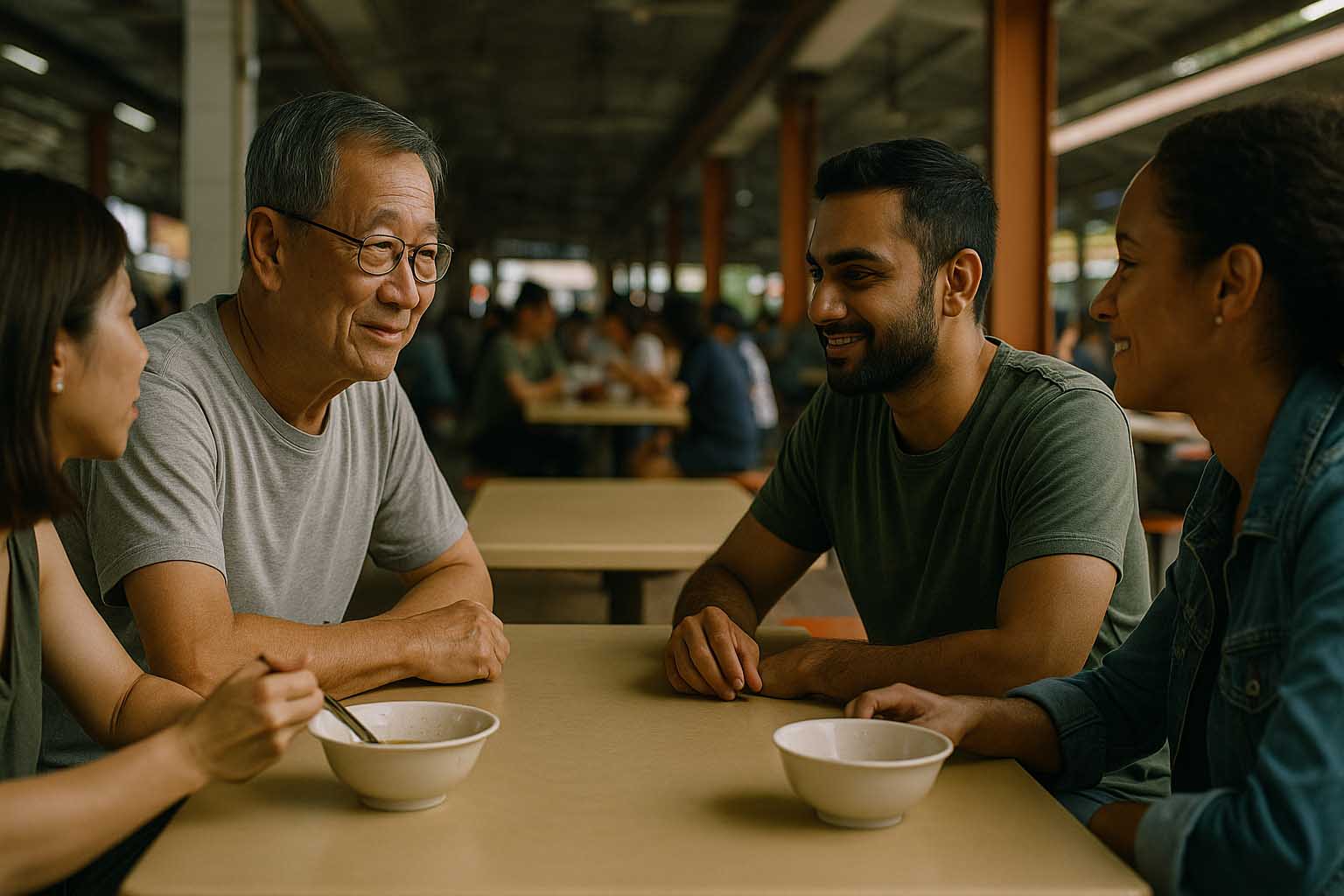


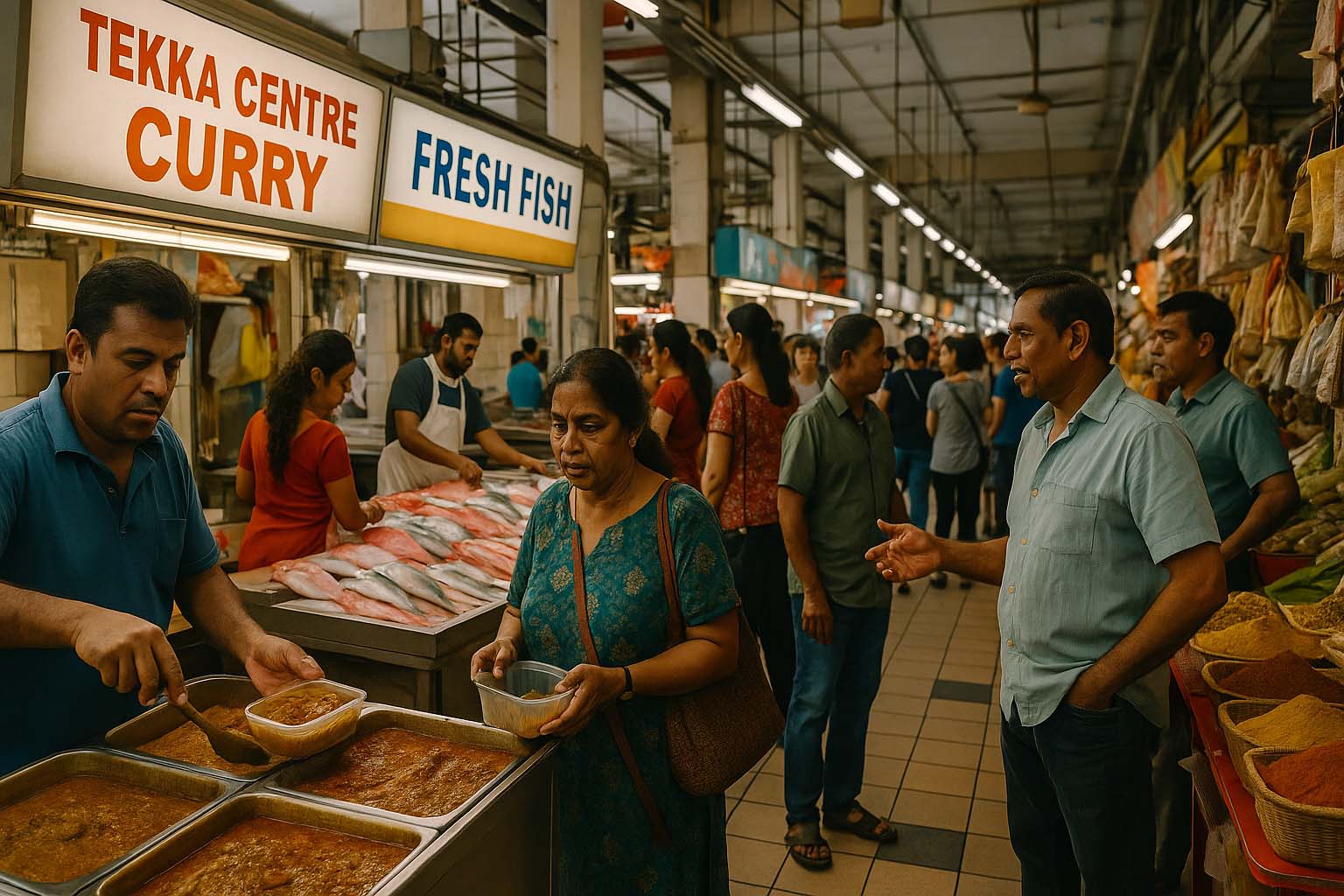
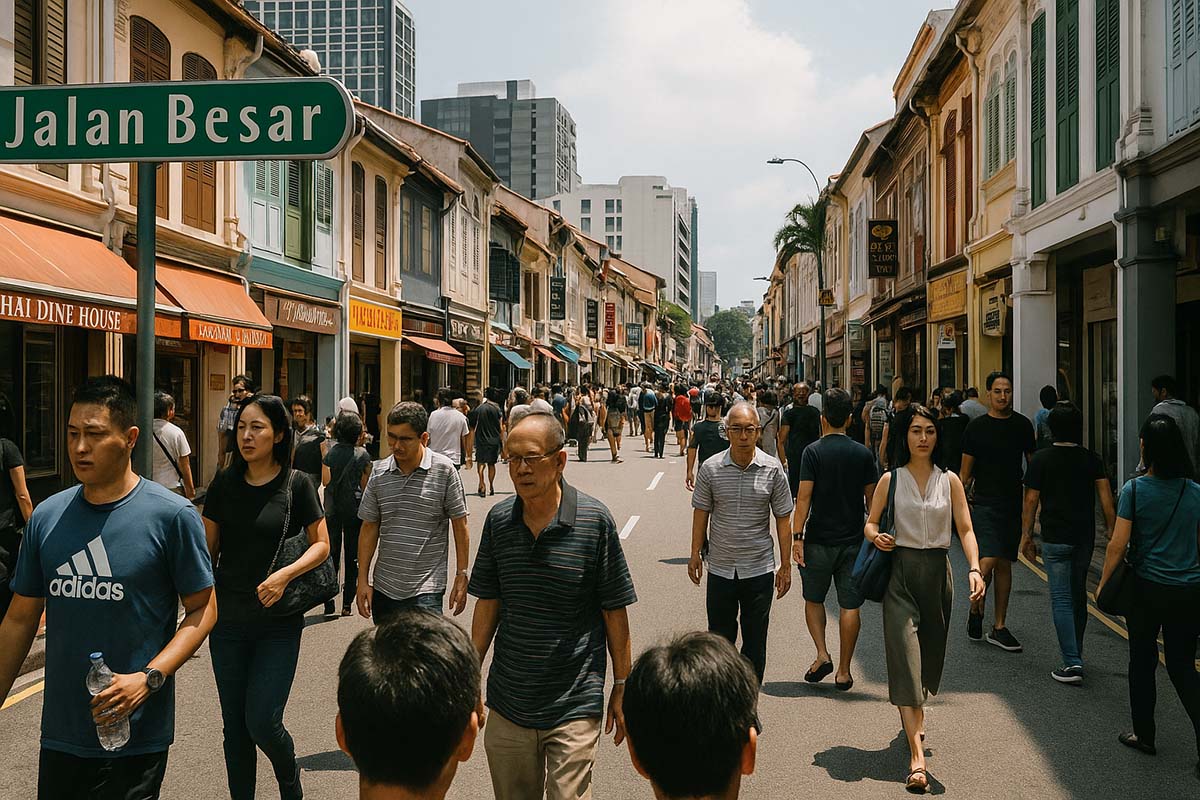

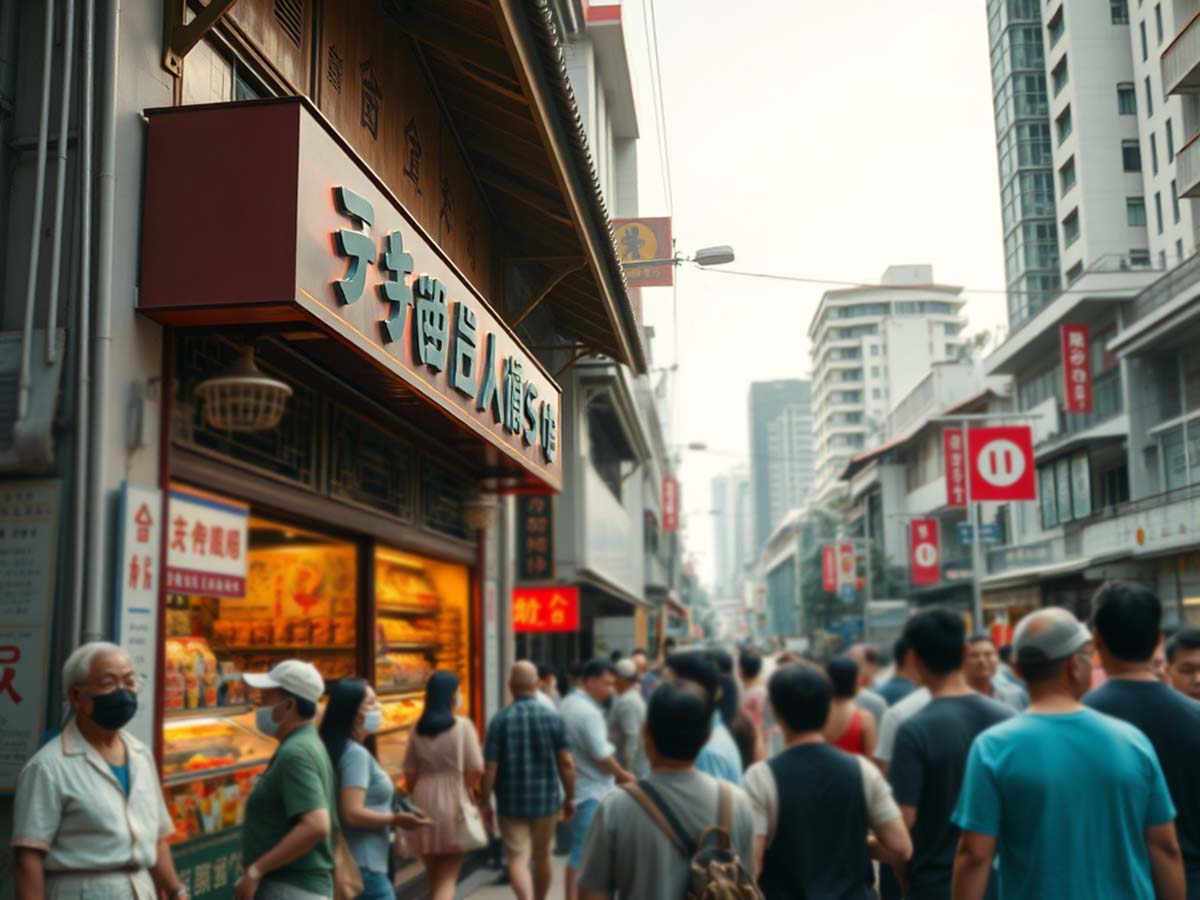





Leave a Reply